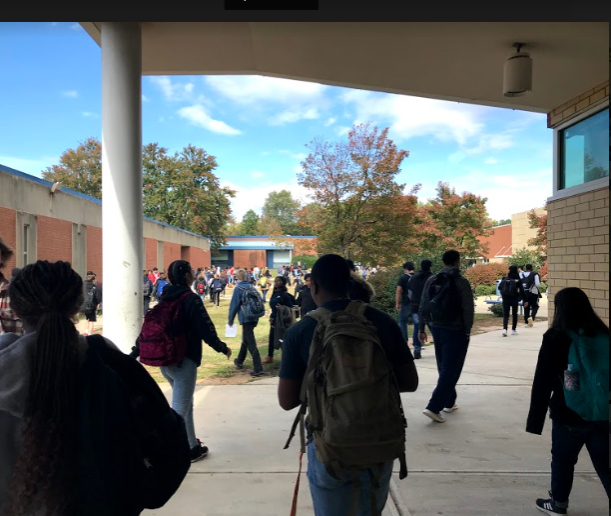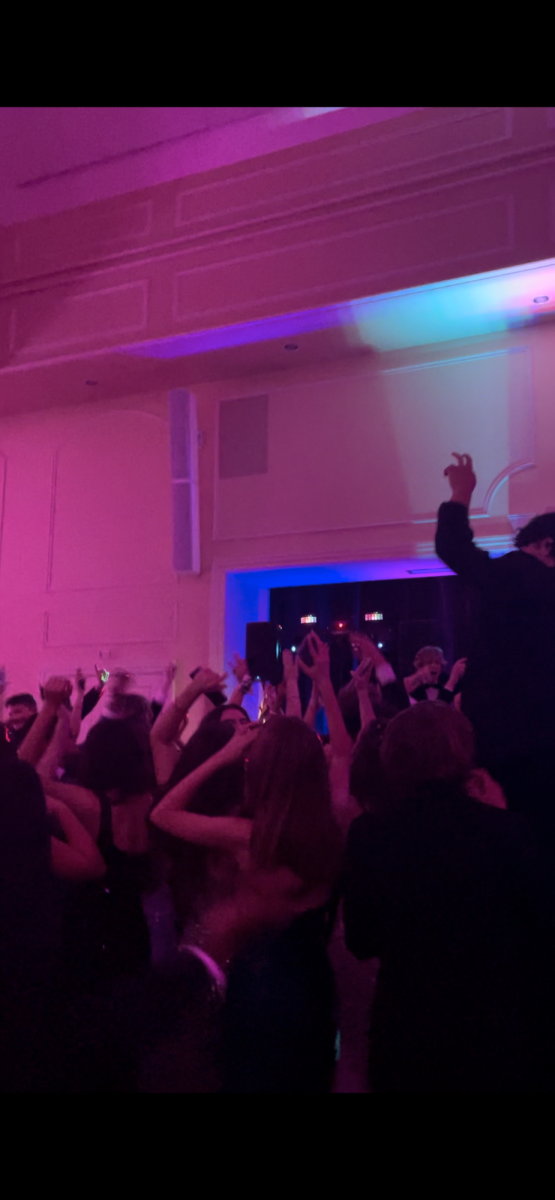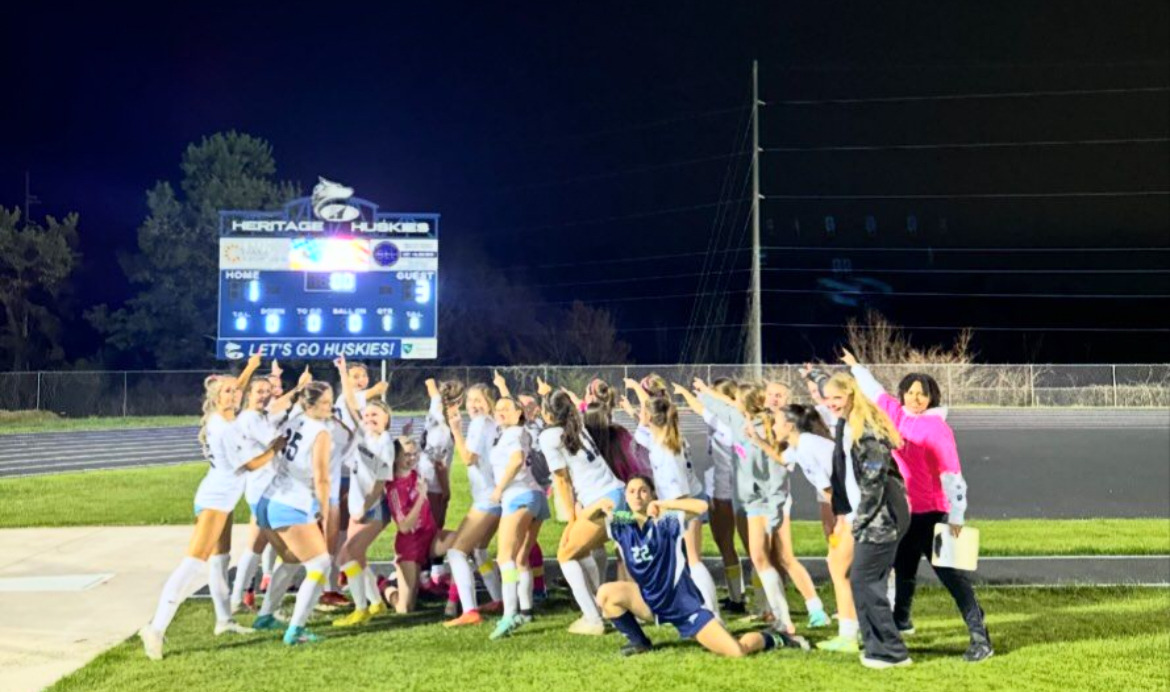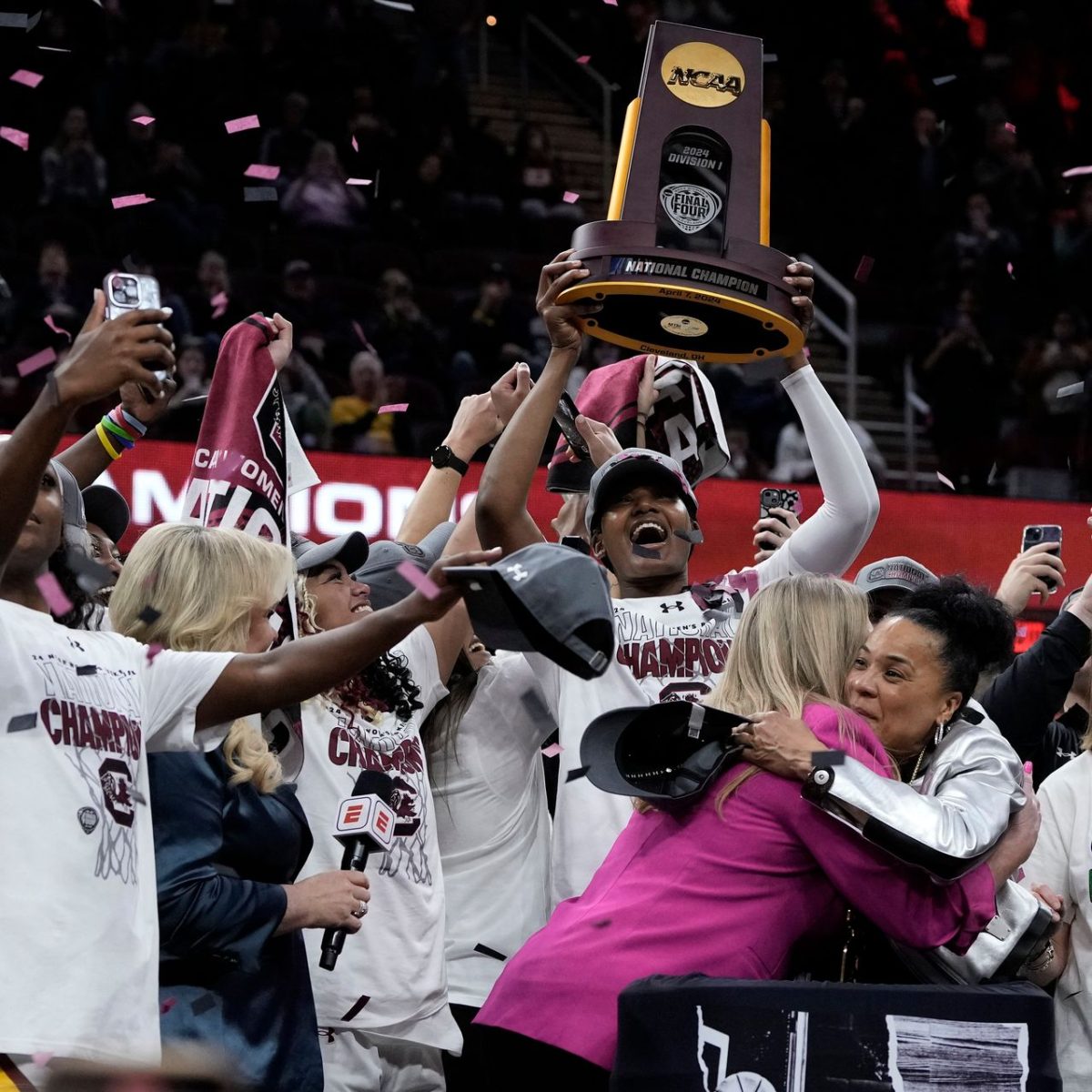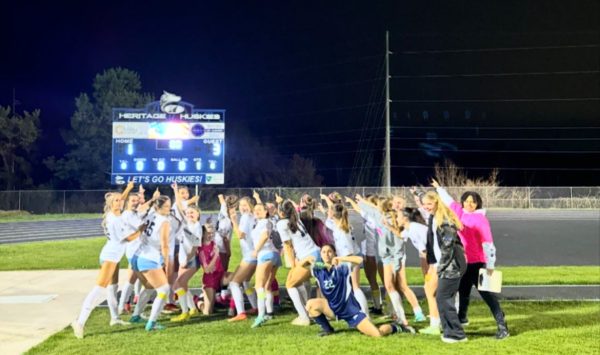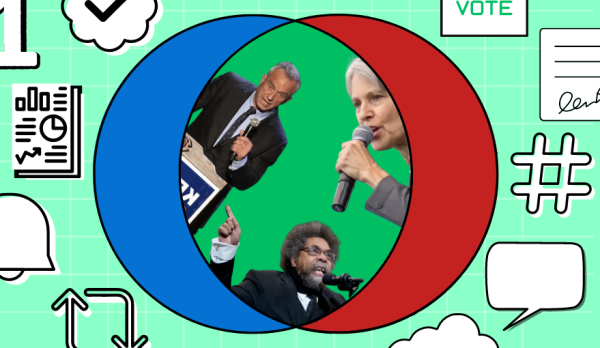Do students need more time to regroup in between classes?
As students at Millbrook High School transition to their next class, many rush along the somewhat crowded sidewalks in order to get where they need to be on time. Many students worry about being late to class so they do not have time for a brain break.
December 18, 2019
Traveling in between classes during the day can be very stressful, especially when students are only given five minutes. Going straight from class to class with no genuine break can cause a lot of pressure on students. They are held accountable to be able to perform well in all of their classes; yet if their brain is working hard all day with no other break other than lunch, it is much harder to perform well at these tasks. Although some might believe that lunch is a long enough break during the school day, many students are still studying or working on homework while eating. Not only do these short transitions create pressure, but they also create chaos in the hallways. If you go to any staircase or hallway during a class transition, you will see heavy traffic without enough empty space. I think that students need longer breaks between classes in order to maximize our potential in the classroom. Junior Victoria Woollen agreed: “Yes; we need longer transition time because when we are going up and down the stairs and when we are going to the buses, it becomes a stampede where you have to push your way through to get places.”
According to an American Psychology Association study, after a 20-minute break, student’s scores improved by an equivalent to nineteen extra days of learning at school. Imagine what test scores would look like if, instead of having a five-minute break, we had a fifteen-minute break. These short breaks restore our energy; therefore, many students would be able to perform better, not only on tests, but also in many other class activities if these breaks were longer. Although some may argue that this would increase the school day by around forty minutes, I believe the positives outweigh the negatives. One positive, as I mentioned before, is that students will be able to complete the tasks given in each class at a higher level and with more focus. Breaks can also increase your ability to retain information.
Not only will it encourage students to be more focused but it is another time for students to be able to complete other school-related tasks. These tasks include anything from visiting another teacher for make-up assignments to being able to use the bathroom without the clock ticking down. Another benefit of increasing the duration of these transitions is that students will not feel rushed to get from class to class and the traffic in the hallways and staircases will decrease.
I think that this will improve a students general school day as well as their mental health. Overall, by adding longer breaks into the school day, I believe there would be a decrease in hallway chaos, improved test scores, and more focused and attentive students!


